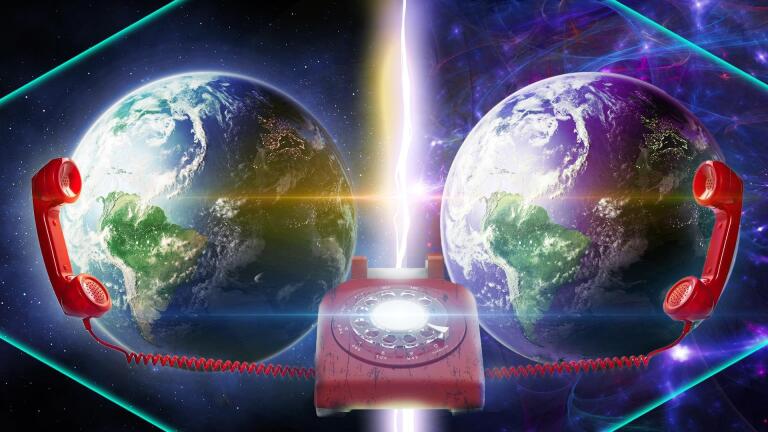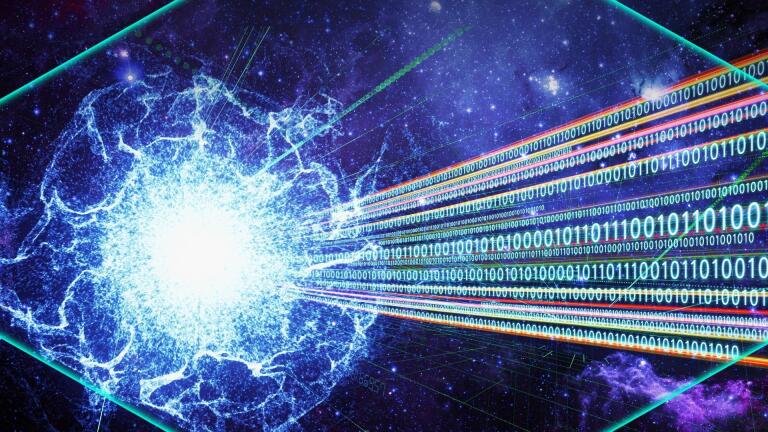Back to Show
PBS Space Time
The New Physics of Black Hole Star Capture | Extreme Tidal Disruption Events
Season 10
Episode 21
If you track the motion of individual stars in the ultra-dense star cluster at the very center of the Milky Way you’ll see that they swing in sharp orbits around some vast but invisible mass—that’s the Sagittarius A* supermassive black hole. These are perilous orbits, and sometimes a star wanders just a little too close to that lurking monster, leading to a tidal disruption event.
Sign up now for inspiring and thought-provoking media delivered straight to your inbox.
Support Provided By

15:10
The fact is that all electrons are the same as each other and the object is what changes.

14:14
We take a journey to the center of a neutron star, a place where matter exists in states.

12:21
Our cleverest astronomers have figured out ways to catch light that skims black holes.

13:01
Of all the possible ends of the universe, vacuum decay would be the most thorough.

13:43
It may very well be possible to communicate between worlds.

14:30
A newly discovered white dwarf may change our understanding of all cosmology.

13:26
We explore the range and distance magnetism can take us.

12:50
Where are the worlds of all the times the universe has split?

14:05
Although elusive, the quantum spin has led to some of the deepest insights we now know.

14:01
Entropy is behind one of the most fundamental laws of physics.

12:22
The more time and space are divided, the distance between them may not exist.

13:44
The accumulation of space junk increases collisions known as the Kessler Syndrome.











